In this post, we have two for the price of one on biases. We’re looking at the primacy effect (also known as first impression bias) and recency bias. These two are closely linked – very similar, but not quite the same. Both of them work on the order in which information is given, creating a bias in your thinking because of this.
We chat to Kristia van Heerden about biases and the impact they have on traders. We unpack the reality of stop-losses and some strategies for trading success. Kristia is no stranger to talking about money matters– she hosted The Fat Wallet Show for several years – so she’ll have plenty of great information and tips to give out to help minimise common trading mistakes.
Don’t forget to subscribe to our channel so that you’re always up to date. This latest episode is also available in audio format.
We all know it – first impressions count. They really do for so many reasons.
This is why you should never arrive late for a job interview – you’ll always be playing catchup with the HR department and your potential new boss, trying to convince them that you’re worth hiring.
You should also never dress poorly when you meet someone for the first time if you want to impress them. If you were going on a first date and the person you were meeting arrived looking like a complete mess… you’d probably fake a family emergency to get out of that date pretty quickly.
As the adage goes, “You never get a second chance to make a first impression.” Share on XThe initial feeling or impression that you give someone new will always stay with them no matter how much you change or prove that you’re different from that. This is called the primacy effect. In social contexts, we refer to it as the first impression bias.
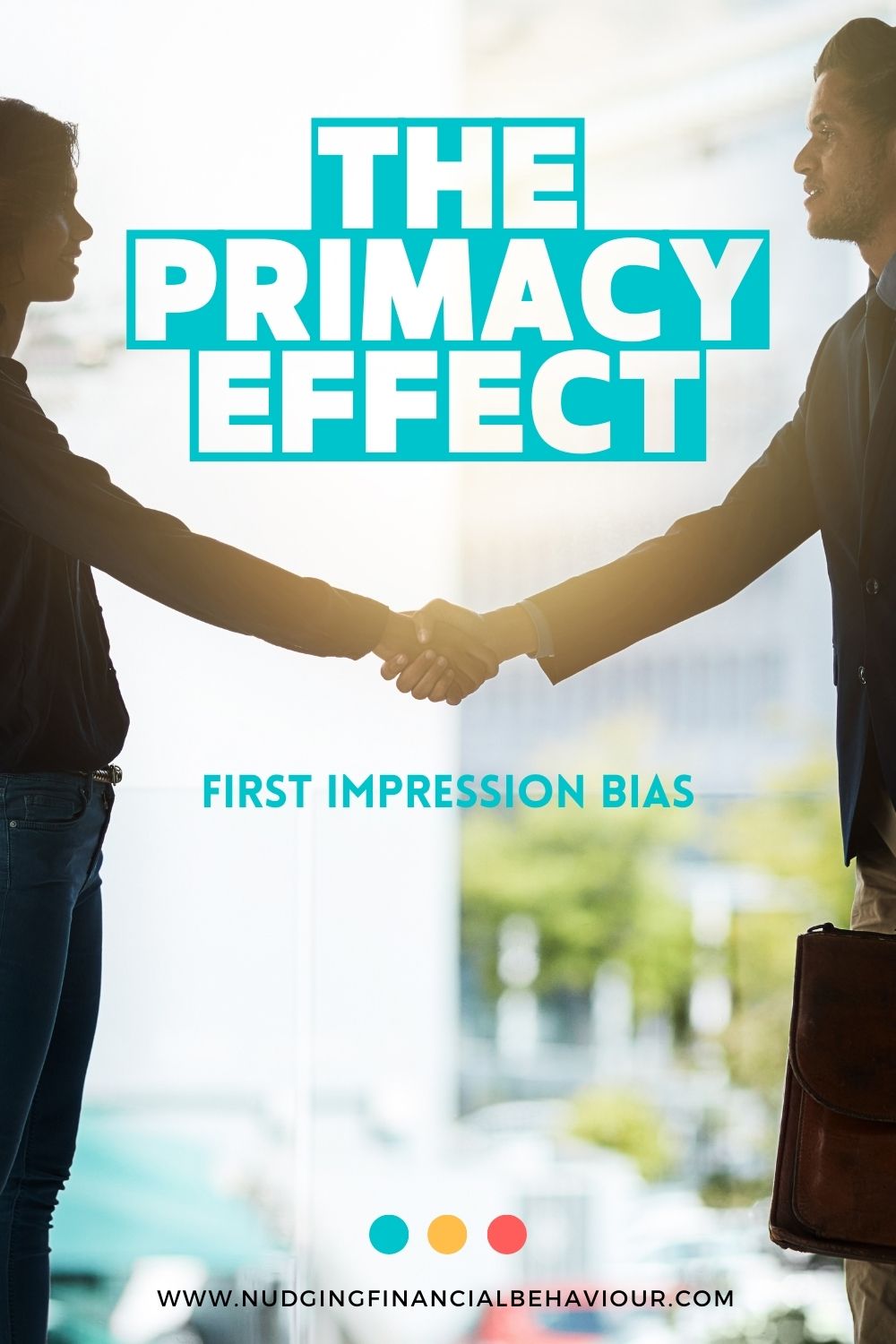
Arguably, one of the oldest studies of the primacy effect was performed by Solomon Asch in 1946. Watch the snippet on this study here or read about it in another blog post of ours.
Now to the important information – how the primacy effect or first impression bias impacts the way we make decisions. Well, it’s simple – the first piece of information you hear about something becomes the most important piece of information.
If you’re researching the pros and cons of a company or mutual funds before you invest, whichever one you read first will form the basis of your feelings. If it’s one or more pro first, you’ll likely lean towards investing. If it’s one or more con first, you’ll likely not invest.
But there’s a twist in the tale. I told you that this was a two-for-one special this episode. Recency bias can shake things up a bit. We share a great example of how this bias can play out in a trial. Watch it here or read about it in this blog post.
By definition, the recency effect tells us that we place too much emphasis on current experiences or situations and not enough on long-term historical patterns. This poses significant challenges to our investment decisions. Resisting the allure of recent events is not an easy feat. Just think of how this bias manifests during times of crisis in the market! Beware of allowing these events to disproportionately influence your long-term investment decisions, as the sustainability of recent occurrences may be questionable.
In the short run, the market is a voting machine, but in the long run, it is a weighing machine.
The reality is that trading kind of goes against everything we, as humans, know how to do… In theory, a successful trader loses more than they win. It’s not so much about how many trades they lose and how many trades they win. It’s all about the size of those losses (you’ve got to keep them small) and the size of those wins (which should be bigger).
This is why stop losses were invented for day trading. We know that we’re loss averse and thus risk-seeking with our losses… we know how the disposition effect works… we’re reluctant to sell our losses. So, we put a stop-loss in our trading plan and that should then stop us from letting those losses run… Theoretically! But we asked Kristia to tell us what actually happens in practice.
A stop-loss is so funny. So, when you’re on a diet right, you’re like I am not going to have any cookies in my house because I know when I have cookies in the house, I don’t eat only one. It’s a problem for me, I’m trying to lose weight, so I’m just not going to do it. So, that’s a stop loss, okay. You don’t have the cookies in your house. But if you are determined to have a cookie, let me tell you, you will make one, you will find one, you will Uber Eats one, you will make a plan to get that cookie back in your house if your craving is big enough, okay.
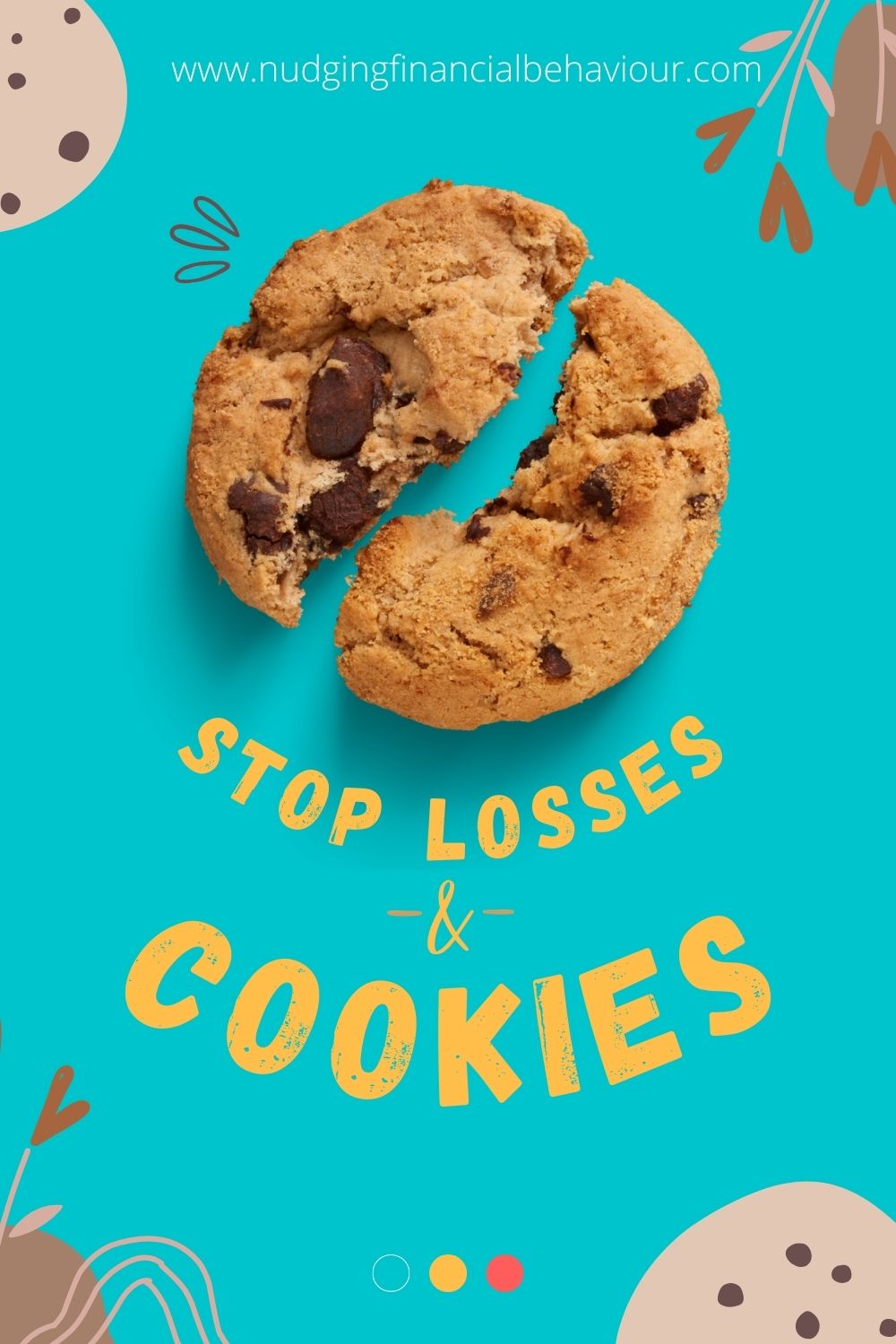
In a perfect kind of Zen environment, what I would do as a trader is I would go into position, I would say I am not willing to risk more than 2% of my total holdings within my trading accounts. I would put my stop loss there… And then I would know no matter what happens I can only ever lose 2% of the total value of my trading portfolio, which means that I can lose a lot. Like I can lose 50 times before I have no money left, okay, which is great. That is what a stop loss is supposed to do.
The most important quality for an investor is temperament, not intellect.
What happens in the reality is traders look at trades too much… They see that the trade is going against them and then they think maybe the stop loss is too close. The market is doing what the market is doing. Maybe if I move my stop loss just like a little bit further out, I can give the market a little bit of time to go up and down and do what it needs to do, because I am convinced, based on my technical analysis and what my best friend said and what I’ve seen in the past, that this trade is going to hit a level and then it’s going to go back up.
When you place the trade, your conviction is based on your technical analysis and the research that you did. When you’re in the trade that conviction becomes something else … your emotions take over.
A stop loss – it’s wonderful and in a perfect world everybody would use them perfectly, but unless you can close a position and trust your trading system more than you trust your emotions, a stop loss can only do so much.
Kristia’s analogy of stop-losses to resisting temptation (cookies) is brilliant. Success in trading hinges not only on market analysis but also on discipline and resilience in the face of adversity. New traders need to think carefully about the trading strategies they employ to limit this common mistake. The recent stat is that 70% of retail investors lose money. We asked Kristia what separates those top 30% on trading platforms from everyone else?
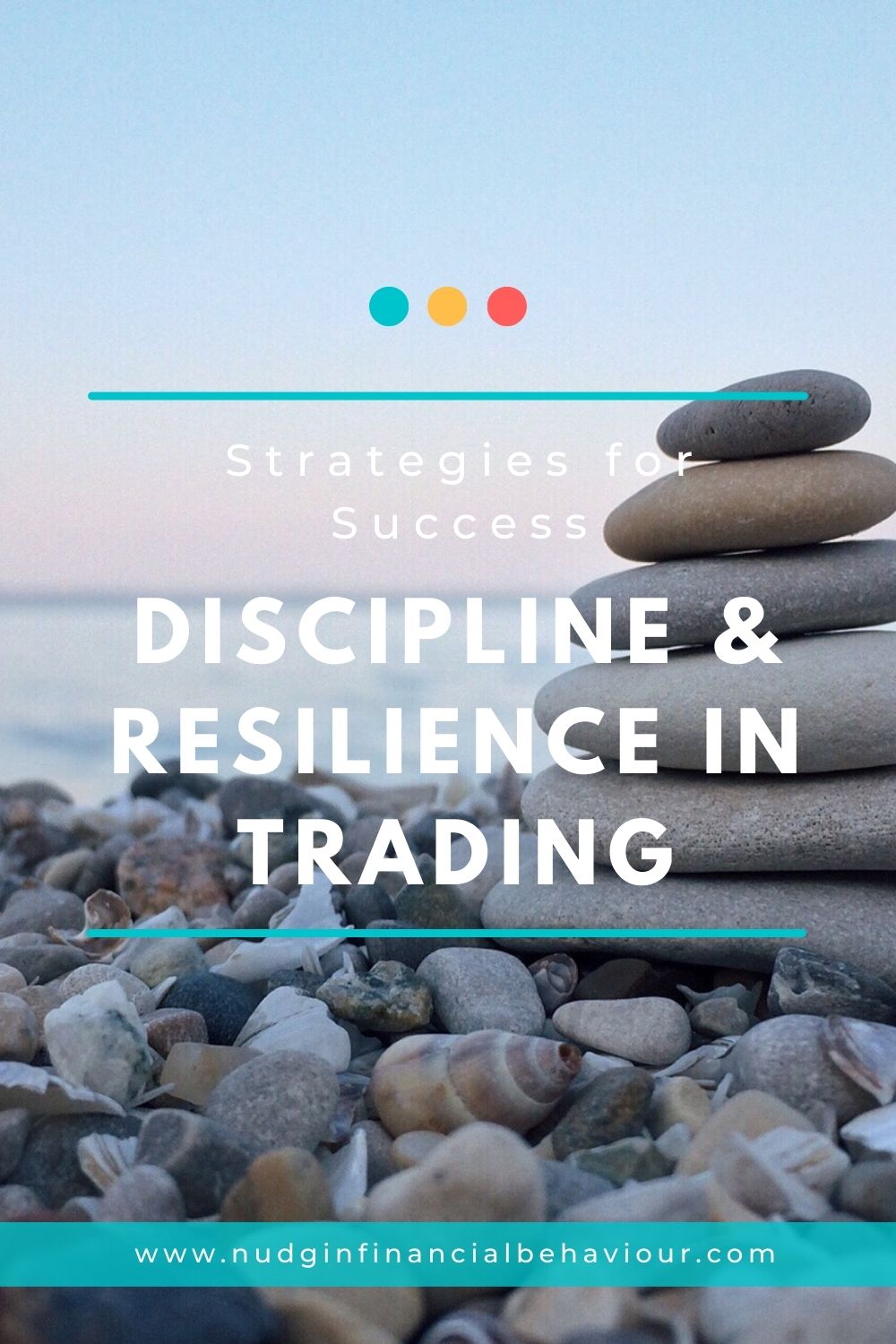
People think successful trading is calling a position in the right direction. …they think the success in trading sits in the predictive power of their technical analysis or whatever.
Successful traders know that they can lose many times if they only lose a little bit of money at a time… And so a good trader can say I know when I’m going to get out when I’m wrong and I know where I’m going to get out when I’m right.
Investing is not nearly as difficult as it looks. Successful investing involves doing a few things right and avoiding serious mistakes.
What we try to encourage traders to think about is a profit loss ratio, okay. So, for every one Rand, pound, dollar that you lose, you want to make two Rands or Pounds or dollars or three depending on what your strategy is. So, let’s say you call eight out of 10 trades in the right direction, then you can have a one to two win-loss ratio, so you lose one, you gain two.
What I always find very funny is traders hold on to their losing trades far, far longer than they hold on to their winning trades because they think that the losing trade is going to turn around and it’s going to go in their favour. And they think that they’re going to miss out on the winning trade. They’re like okay well now it’s in the money, I better take this profit.
Traders hold on to their losers far longer than their winners and then they miss out.
If you’ve been following this series, you’ll recall we chatted about the disposition effect in a previous post. Kristia is talking about textbook loss aversion because loss aversion is all about how we’re risk seeking with those losses. So, we end up staying in that losing position for too long, hoping that it’s going to turn around. But then we’re super risk averse with our gains. We just want to bag that profit and get out of there.
And it’s actually the worst decision you could make. It’s not just traders, it’s… it’s all of us, it’s everybody in all our decisions that we make. Kristia shared her own personal story on this…
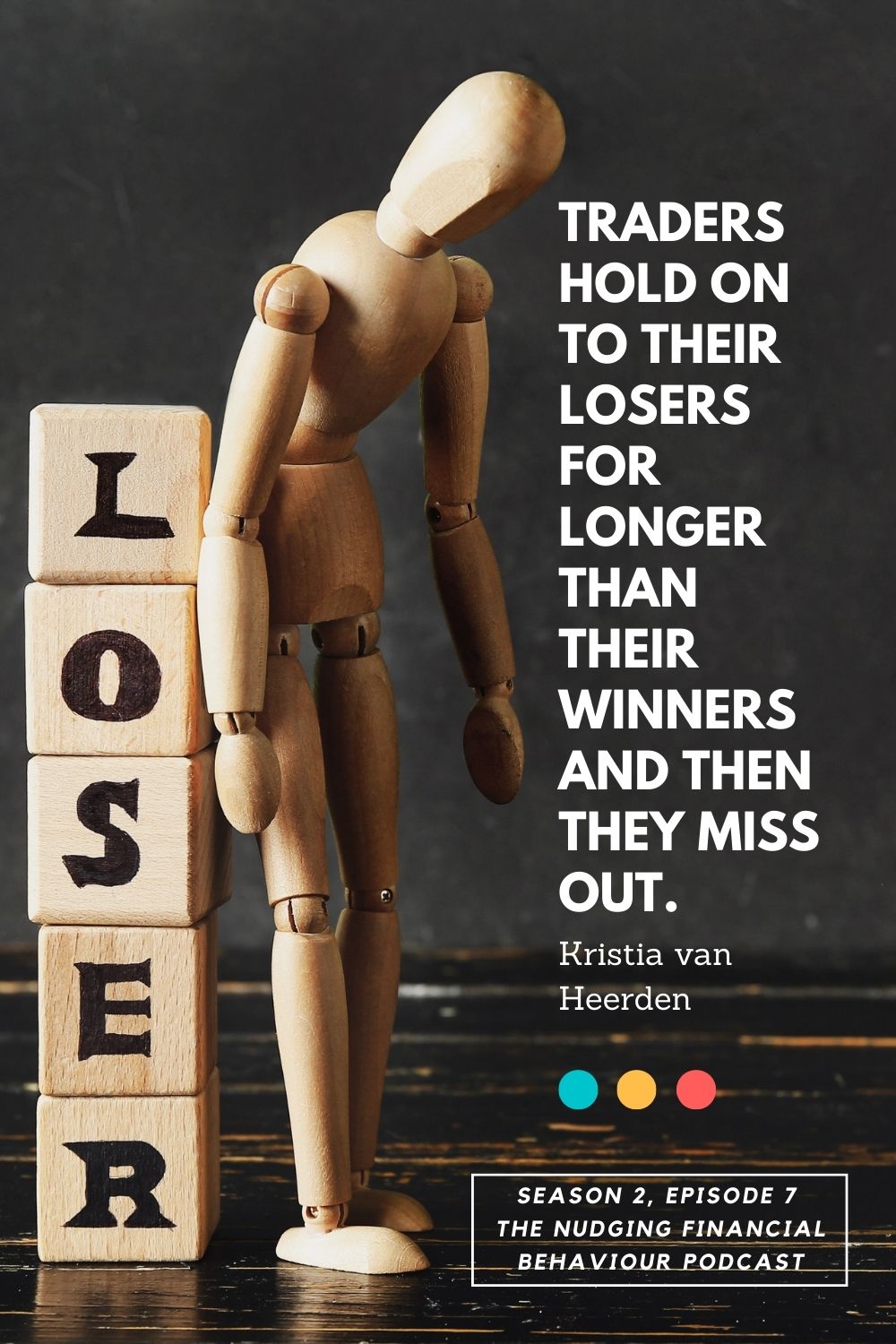
A while back I bought a house that was really terrible. It had a leak that was just unfixable. It was an unfixable leak and instead of going, you know what I have made a mistake, I bought a house with a structural defect that isn’t fixable, let me get out of this now. What did I do? Like I stuck around. I tried my best to fix it. I threw money at the problem. I fought with the body corporate for years. It gave me sleepless nights and stress. Instead of just saying, you know what this was a bad decision, let me just get out of it.
Bringing the discussion back to primacy and recency effects. Something we keep coming back to is the perils of news and social media. That’s the information that’s available to us. It’s what we’ve heard most recently… it’s what you’ve just seen. News influences our trading strategy in a bad way sometimes. We asked Kristia if she could share anything with us around how news and social media impacts our decisions and common mistakes made.
News media paired with trading is addictive. I mean it is so thrilling when you – and I’m as guilty of this as anybody else – when something happens in the markets or in the news, it is so fun to go and see actually what is happening in the market. How is the market responding to this? And it’s natural, it’s a normal part of things.
Buy when everyone else is selling and hold until everyone else is buying. That’s not just a catchy slogan. It’s the very essence of successful investing.
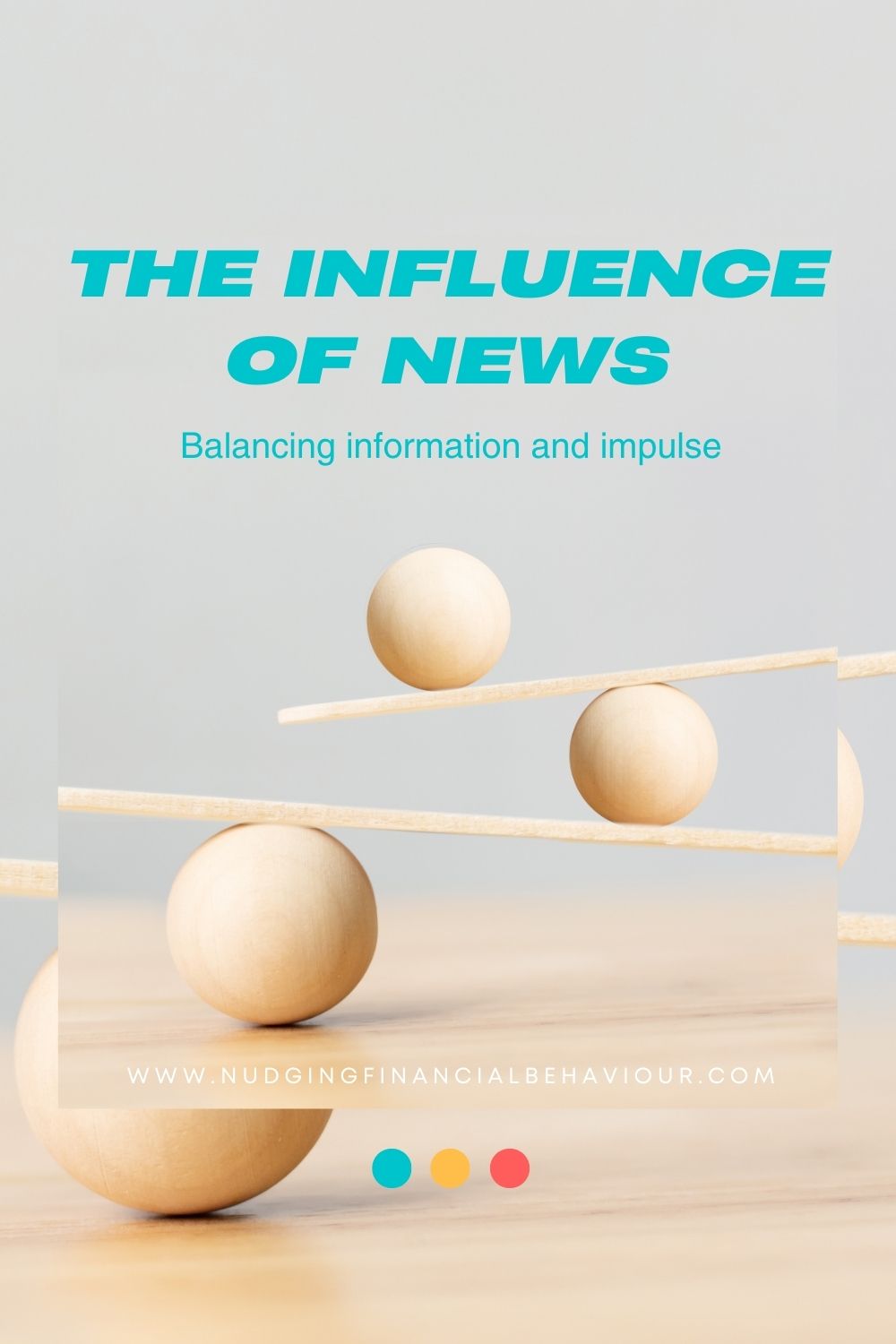
I try to encourage traders to have a demo trading account in addition to their live trading account. A lot of push back that I get on that is like oh people don’t really learn how to trade on demo accounts because it’s not real money. That is true. So, the financial aspect you don’t feel as closely but making a prediction on how the market is going to react based on what’s in the news, that is as thrilling in the demo environment as it is in the live trading environment. And so, I encourage advanced traders – sometimes especially advanced traders – to have a place where you can just see if you were right about something.
In an era dominated by 24/7 news cycles and social media frenzy, the influx of information of any time horizon can overwhelm even the most seasoned day trader. Learn to main a critical eye and discerning mindset.
But we’re so excited about what’s coming in our next post.. we’re unpacking home bias. There’s a lot to go through because it’s a bias that can really mess with the diversification (or lack of diversification) in your investment portfolio. We’re going to cover it comprehensively and we’ve got 2 great guests lined up!
Make sure you hit the subscribe button, so you don’t miss it. Thanks for sticking with us!
Narrow framing – Narrow framing, the compromise effect, glossing, and the enabling frame. We need frames to make sense of the world. But they cause problems.
The anchored trader – Anchors tie us down and can have serious consequences for investors and traders. Don’t be the anchored trader.
Share your answers in the comments below.
[apsp-follow-button name=’nudgingfinancialbehaviour’ button_label=’Follow on Pinterest’]
I am passionate about helping people understand their behaviour with money and gently nudging them to spend less and save more. I have several academic journal publications on investor behaviour, financial literacy and personal finance, and perfectly understand the biases that influence how we manage our money. This blog is where I break down those ideas and share my thinking. I’ll try to cover relevant topics that my readers bring to my attention. Please read, share, and comment. That’s how we spread knowledge and help both ourselves and others to become in control of our financial situations.

Dr Gizelle Willows
PhD and NRF-rating in Behavioural Finance
Receive gentle nudges from us:
[user_registration_form id=”8641″]
“Essentially, all models are wrong, but some are useful.” – George E.P. Box
